
By Gabriel Normand
Gabriel is a French diplomat and birder who seizes every opportunity to see more birds, whether it’s on official trips or vacations. His main problem in life is that he has neither enough time nor enough money to travel around the world to see and photograph more birds.
- The Beauty of Birds
Not all birds are beautiful. The House Sparrow you see every day, the dirty Rock Pigeon on the street, and the Carrion Crow eating trash are not beautiful. But look carefully enough, and you will see the House Sparrow carefully building its nest, you will see the iridescent neck of the pigeon, and you will see the intelligence of the crow, dropping nuts on the street so cars can smash them. Like every person, every bird is beautiful in its own way. You just have to look well enough, or know where to look. And there is the red crest of the male Red Cardinal, the majestic flight of the albatross, the spectacular Sword-bill Hummingbird, and so on and so on. There are so many beautiful birds, in so many different ways. And when you have the chance to watch, up close or through a good lens, in perfect light, you are struck by the wild beauty of this wild animal posing or acting for you. And you thank Mother Nature for that gift she has bestowed upon you, for that pure moment of grace. Birds are beautiful, and they give you a true aesthetic emotion of beauty that is so often absent from ordinary life.
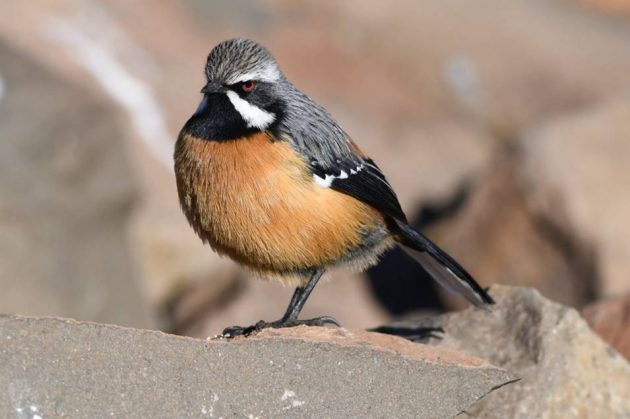
A Drakensberg Rockjumper posing nicely on Sani Pass, South Africa
2. The Beauty of Pictures
It is now in many people’s capacity to use a top-notch camera and lens and take amazing pictures of birds. Not all birders are photographers, but many, like myself, have come to birding through photography. Hence, bird photography allows you not only to enjoy the pure beauty of birds, but also to capture that beauty and to stop time in seizing unique actions by birds. Picture taking also allows you, to some extent, to create beauty and a work of art, through framing, focusing, use of bokeh, angles, and so on. And the best part of it is that it is pretty easy. It doesn’t require being a Michelangelo. You can take many pictures, and with the right equipment, distance, and light, you’ll eventually take a very nice picture. And that really is part of the fun.
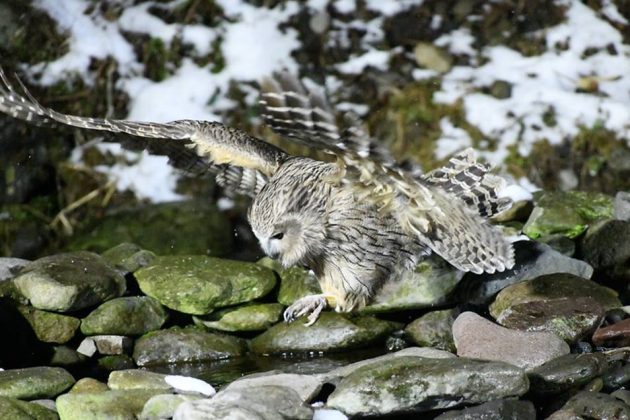
A Blakiston’s Fish Owl on the verge of capturing a fish in a river in Hokkaido, Japan
3. The Science
Birding involves understanding what you see: the family, the species, the sex, the age, the seasonal plumage. Is the bird a migrant, a resident, a lost straggler? Is it a common bird, a rare bird, a threatened bird? Most birds are associated with a specific habitat, have a specific diet, and exhibit specific behaviors. Finding the field marks is like an investigation, and identifying the bird is your discovery. Understanding what you see through observation and prior study also makes you a scientist in a modest way. And reporting your observations enables you to contribute to citizen science. And being a scientist, even in a modest way, is fun and intellectually rewarding.
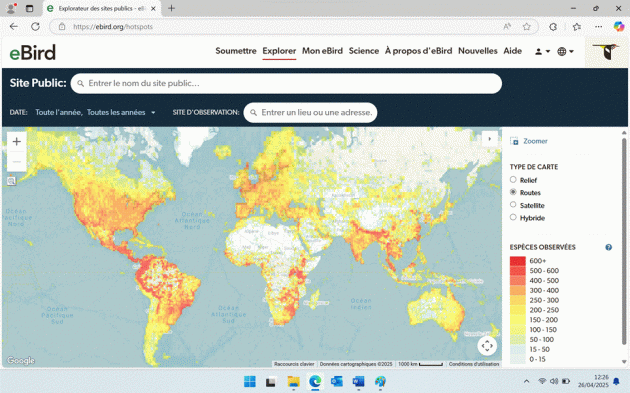
I find this eBird map of the world’s avian biodiversity fascinating
4. The Chase
Part of the fun of birding is chasing rare birds. Whenever I move to a new country, which I’ve done a few times, there are usually three phases. First, you go for the easy birds. Then the rare birds that live in specific habitats. Once you’re done with that, you go for the very hard birds, which live far from your home, in very specific habitats, and which like to hide, such as rails, owls, or mountain game birds. Or you twitch a rarity that has been spotted. Sometimes you win and sometimes you lose. You have limited time before the sun sets or before you need to get back before your wife or girlfriend gets really mad. But the chase is on, you are really focused, and finding the bird is really rewarding.
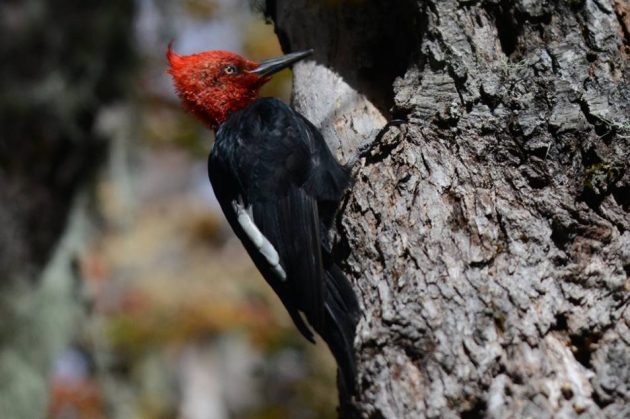
Finding this Magellanic woodpecker in Conguillo Park in Chile was tough but rewarding
5. The Competition
The competition exists with other birders – this is a little irrelevant to me, but not completely. After all, eBird does provide a ranking, and knowing you are in your country’s top 100 and nearly in the world’s top 1000 is not completely indifferent to your ego. But mostly, at least for me, the competition is with myself and with my personal list: seeing all the birds of my home country, seeing all the birds of Europe, seeing all the birds of the Western Palearctic, and seeing as many birds as possible in the world. That may be a very masculine thing, but it is also definitely part of the fun.

Still some way to go before reaching the top…
6. The Friendships
Part of the fun of birding is doing it with other people. Birding creates memories with your friends, and these memories become part of your friendship. And as you arrive on the spot, you meet other people who you know are here for the same reason. This creates an instant bond and solidarity between people who share a purpose. It is part of the beauty of birding.
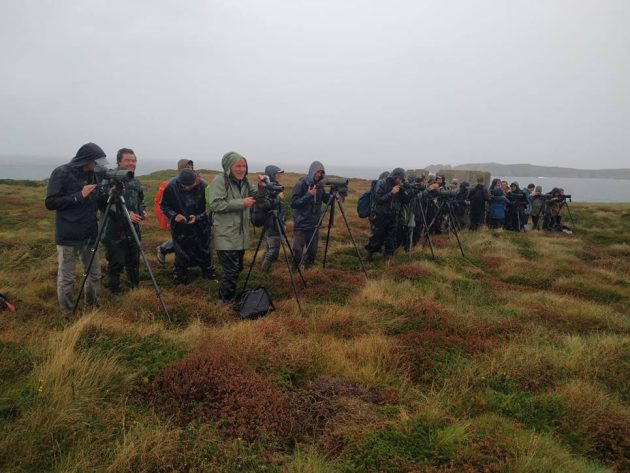
A dedicated group of birders admiring a lost Upland Sandpiper in Ushant, France.
7. Travelling to the Most Beautiful Places in the World
The most convenient places to bird are usually in natural parks or reserves. These protected areas are often very scenic, imply a hike, and are in a pristine environment. Add to that the beauty of sunrise, and even a non-birder will be amazed by the scenery. Had I not been a birder, I would not have travelled to these magnificent and still preserved parks in Ecuador, Uganda, Brazil, or France. Birding takes you to the most preserved and beautiful places in the world, and enables you to enjoy their unique beauty. That really is a blessing.

Sunrise over Zeeland, Netherlands, with birders in the background admiring a Thick-billed Murre
8. The Adventure
Birding is an adventure. It’s full of unexpected encounters, whether they are people, birds, or other animals. It involves waking up before dawn, travelling to unknown and remote places, going to deserts, rainforests, steep mountains, wild seas, to find the most elusive and beautiful birds.
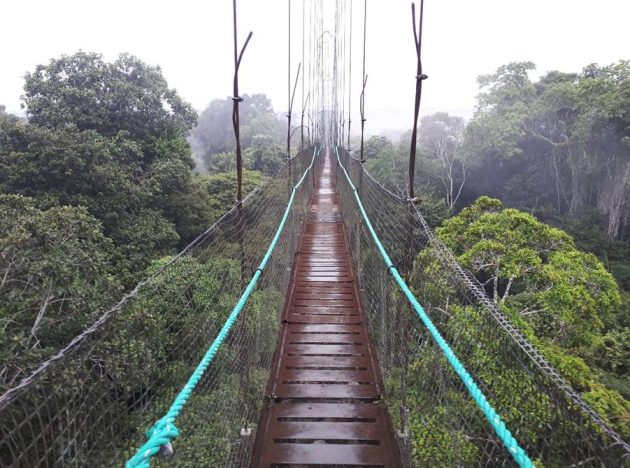
Suspended bridge over the Amazon rainforest near Coca, Ecuador.
9. The Relationship with Nature
Being a dedicated birder not only implies identifying the birds you hear and see, but also understanding the birds. This means understanding their habitat, their migration, their sex, and their degree of rarity. Hence, birding teaches the value of nature as a whole and of its different parts. It teaches you the value of a forest, of a swamp, of plains, and so forth. Birding reconnects you with nature and enables you to rediscover that man is himself part of nature. This is especially true when a bird accepts you and does not fly away. Many birders have had this special experience of having a bird very near you, feeding and not minding your presence. In these special moments, you feel part of the family of nature, which is very rewarding and reassuring.
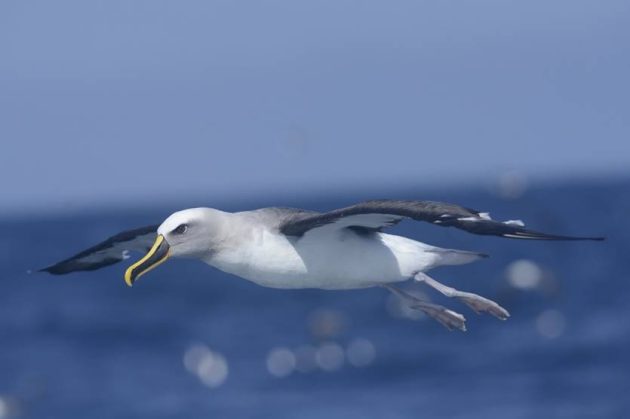
This Buller Albatross was flying really close to our boat off Valparaiso, Chile
10. The Self-improvement
Birding has brought me a lot, and eventually, I believe it has made me a better person. Thanks to my practice of birding, I understand better the environment I am in and whether people destroy it or preserve it. It has raised in me the acute necessity to preserve undisturbed habitats. That is because by naming things, you grant them an existence and hence a value. For most people, a bird is a bird, and all birds are more or less the same. Birding has opened my mind to the scientific approach and enabled me to understand that all species are different and they each have their own value, which must be protected.


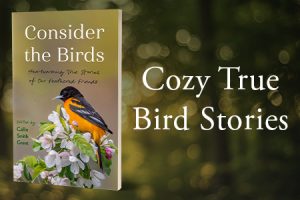

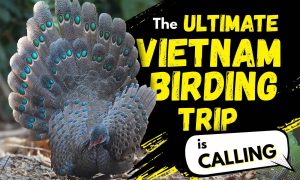
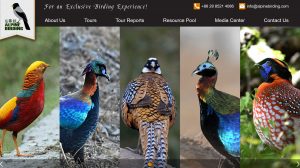

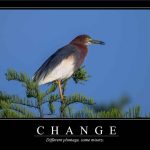
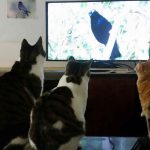
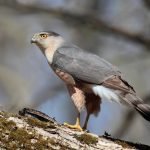

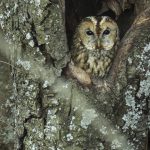
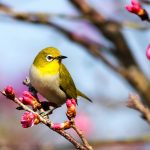
The Blakiston’s Fish Owl photo (btw amazing photo) surprised me. A reminder to birders who may also happen to be readers, “Owls of the Eastern Ice” by Jonathan Slaughter (I think I have spelled the author’s name correctly) is a must read.
Congrat gabriel, inspiring vision and pictures!!
Birders are not all male as your annoying post assumes.